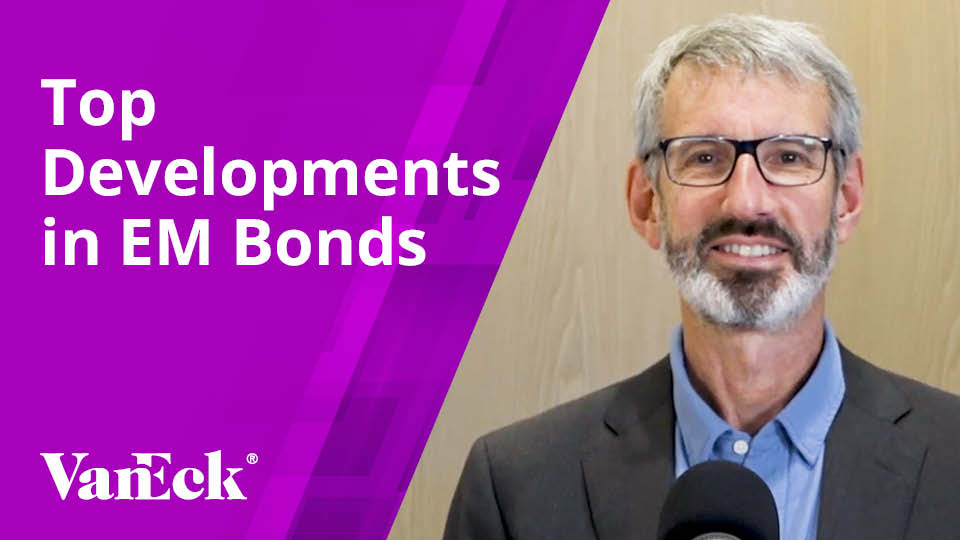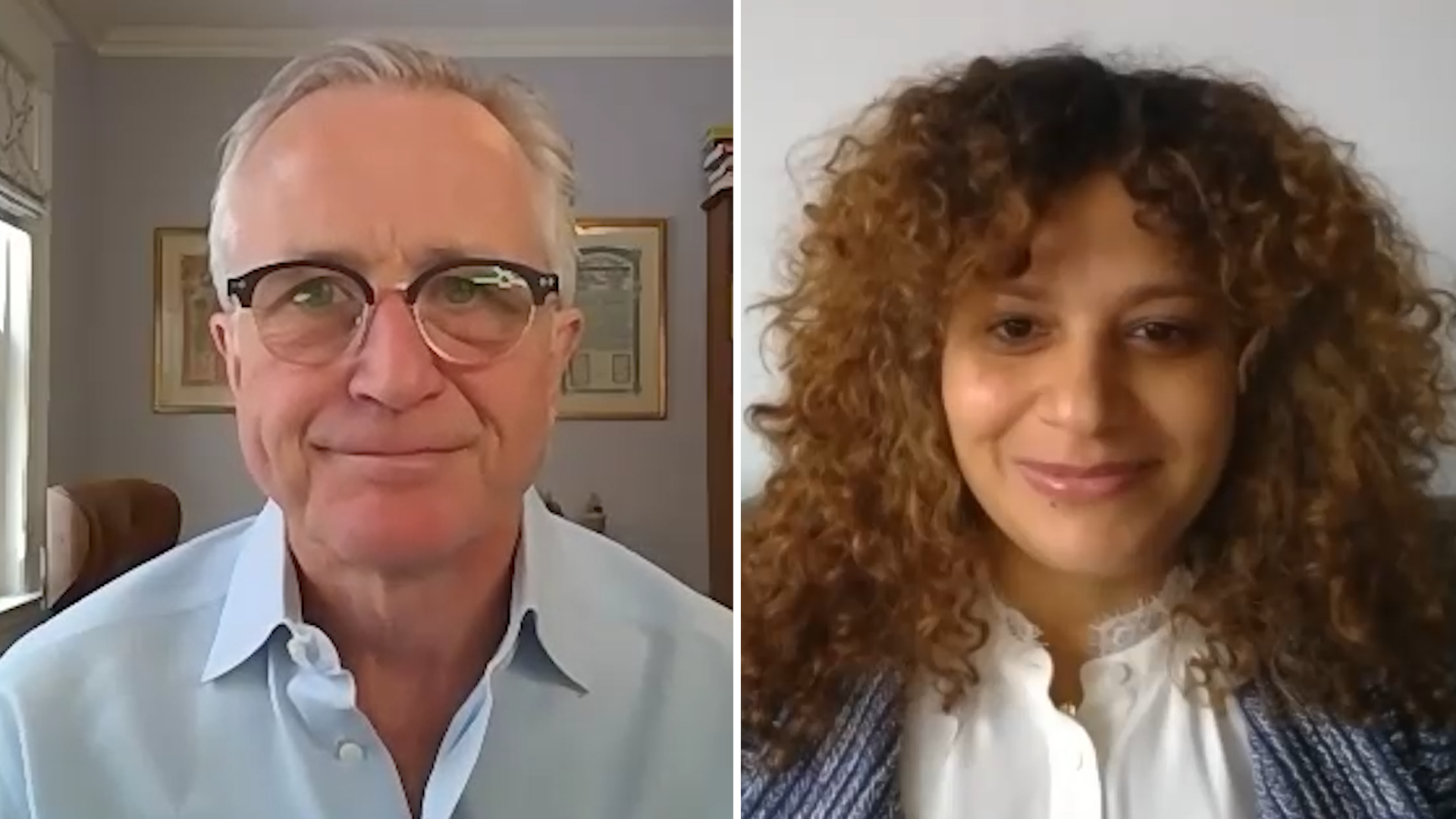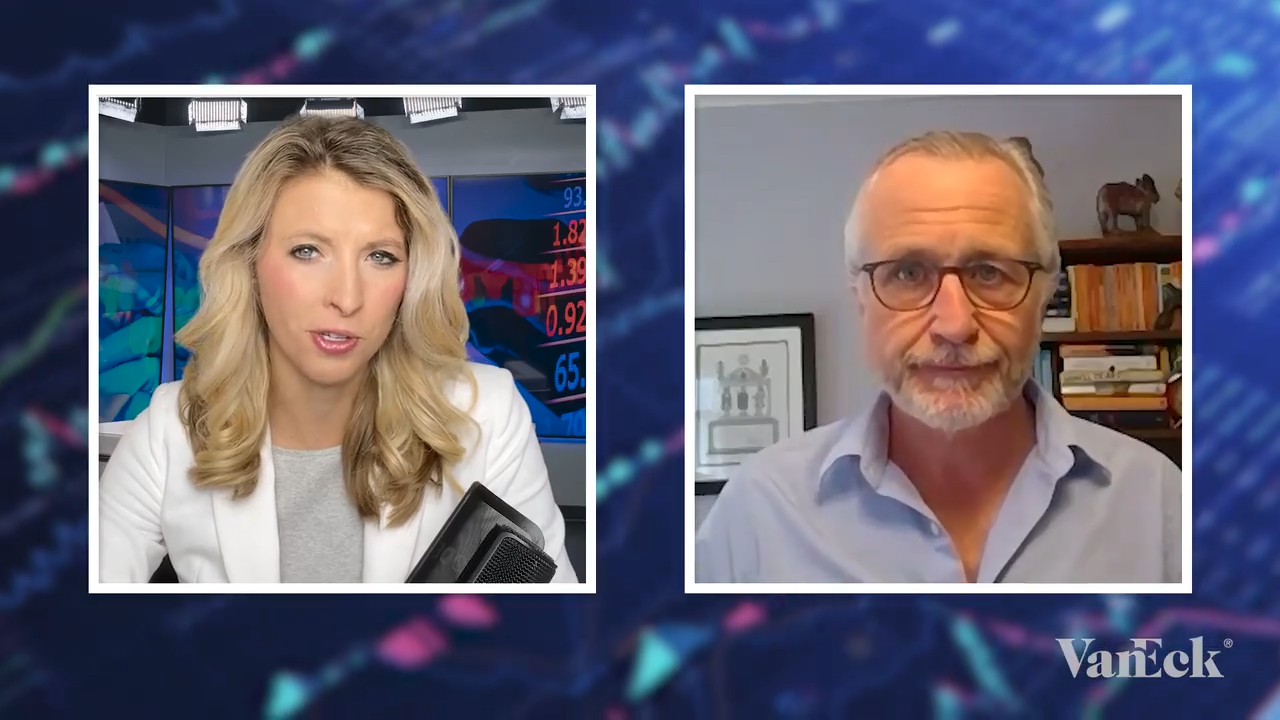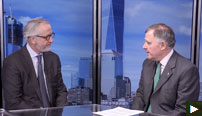The China vs. India Debate and Opportunities in Brazil
08 February 2024
Watch Time 9:26 MIN
This is a marketing communication. Please refer to the Prospectus of the funds and to the KIDs before making any final investment decisions.
David Semple: Hello, and welcome to the first quarterly video of 2024 for the VanEck’s Emerging Market Strategy.
My name is David Semple. I'm joined by Ola El-Shawarby. As many of you know, I'll be taking a step back from May 1st, 2024 and handing over the reins as PM to Ola. I expect to remain involved in the strategy as an advisor after that date, but I'm very happy to be able to pass on the PM mantle to such a capable investor as my friend and colleague Ola. Naturally, she's supported by a deeply experienced team who will, I'm sure, ably support her in the years ahead.
I've been on emerging markets PM for 33 years and in that time, obviously, the asset class has morphed and developed to become something very different really, in many respects.
But one thing that hasn’t changed, is that there’s always opportunities and challenges within the asset class. And for this video, we’re going to focus just a little bit more on that.
I want to start with a very brief recap of the fourth quarter. It was a good quarter for the fund and the asset class. Although, in truth, the main precipitant causes, in my opinion, are not specific to EM. Namely a more dovish turn to rates expectations and a weaker dollar. And as we entered the new year, we're clearly seeing a bit of a reflux in those elements. But what the fourth quarter did was to give investors more confidence in an asset class that is cheap, unloved, and arguably has more objectively solid fundamentals than many developed markets. Most major emerging markets are demonstrating decent fiscal and monetary discipline. And listed companies in EM are showing solid earnings growth with rock solid balance sheets. And it's all available at very cheap prices.
But EM is not a monolith and there are specific opportunities and specific challenges within the asset class, as we mentioned. And I think one of the main debates in terms of asset allocation for the last several years within emerging markets involves India versus China.
The Emerging Market Debate
Look, there's no doubt that China is perceived as the villain amongst major emerging markets – at least if you listen to the pundits and the talking heads, whilst the poster child of this particular movie is undoubtedly India. And if you look at it with top-down spectacles, it's hard to disagree. Many of the challenges that India is currently facing are being competently addressed. Digitization has been a huge boon to India in terms of fiscal control and financial inclusion. Domestic demand is good, and animal spirits are alive and well in India.
China, on the other hand, it's still struggling with the dual issues of deflation and a huge property market dragging on the economy. Consumers are far from upbeat at the moment. Asset prices are declining and wage growth is very hard to come by.
But I think here's where the opportunities and challenges change a little bit this year. And I think the debate will become more balanced between India and China in the course of 2024. For one, the Chinese government are implementing gradual, but cumulative, and more coordinated fiscal and monetary easing measures to address the weakest part of the economy. The comparing contrast is India where pretty much everything is going well right now. So you have to ask yourself the question, what's the likely change at the margin? Secondly, drilling down to the corporate level, corporate earnings growth and return invested capital fail to come close to explaining a very wide and getting wider valuation differential between the two countries.
Essentially, investors have to be imputing heroic compound earnings growth for many Indian companies whilst making the most bearish assumptions for their Chinese counterparts. And thirdly, positioning looks problematic. A very high percentage of active institutional foreign investors are significantly underweight in China whilst being fully weighted in India. So the question is, what if there's a slightly better inflection in China and Indian corporates fail to justify these lofty valuations? For that reason, a whiff of these conditions could create FOMO and FOSI, fear of missing out in China and fear of staying in India.
Just for reference, we are slightly underweight both markets. That being said, though, I clearly want to state that we are bottom up investors and I want to stress that we find many opportunities in both places. Both have incredibly attractive investment opportunities for us to investigate and hopefully invest in. We like some market heavyweights in India such as Reliance, while successfully investing in smaller names such as Sterling and Wilson.
Whilst in China we do see better times ahead for many internet-type players as the regulatory and competitive environment is much more benign, cost control has been enhanced and many are addressing balance sheets that are slightly lazy by share buybacks and even dividends. So that's a real opportunity and challenge where I see being more balanced and more nuanced going forward.
Now I'd like to turn it over to Ola who's going to talk about one or two other opportunities and challenges that we see within the asset class.
Ola El-Shawarby: Thank you very much, David, for the kind words at the beginning.
One trend that we've started seeing as of last year towards the second half of the year is a general disinflation trend. We're starting to see that happening here as well in the Western world, but we've seen that happening in emerging markets even earlier on.
Brazil’s Positive Outlook
And a case in point is Brazil. So Brazil actually, started seeing inflation coming down quite strongly towards the second half and the fourth quarter of 2023, while having been very proactively hiking rates earlier on in the year to address inflationary trends. And so as a result, they were running very high real interest rates, which meant that once inflation started coming down, there was a lot of scope for the central bank to start cutting the rates even ahead of the more dovish comments we heard more recently by the Fed. That obviously helps as well to give them more room. But Brazil actually started cutting as of September last year, and we saw around three cuts before year end, so around 1.5% of cuts in the policy rates already. And we think given where inflation is trending now, there is still a lot of scope for them to cut rates even further.
Obviously, that supports the economic growth and also creates a positive setup for equity markets as well. And when you look at valuations in Brazil, even though it was one of the main and strongest contributors to performance for us in 2023 and in Q4 as well, there is still a very attractive valuation setup for Brazil, which we like. You talk to the companies on the bottom up stories that we find there and that we're invested in are quite attractive. You see a lot of companies that are able to compound growth as a combination of growth in the sector itself, and also the ability for them to consolidate market share in fragmented segments. So we're quite excited about that opportunity, and we think that for this year, Brazil will continue to be a solid performer. And just for context, this is our largest overweight in the portfolio as a country and we're still very happy with our exposure there.
Obviously, in emerging markets and in the world of investing, there are no risk-free opportunities. So maybe some of the things to be aware of for the course of this year in terms of possible headwinds or risks. I mentioned geopolitics because obviously we still have a war going on in Ukraine. We've had escalation in the Middle East as of Q4 last year and that continues to be happening and it's hard to see whether this spreads out further into the Middle East region or remains more contained, but something to keep an eye on.
Elections to Watch in 2024
And aside from that, this is a pretty big election year in emerging markets, but also obviously in the U.S. as well. So we have U.S. elections coming up and depending on who is in the front run that could shape the narrative towards places like China, Mexico. So that's something to keep an eye on. We've seen Taiwan elections a few days ago and that went more or less in line with expectations. So no major changes there. But again, China/U.S. tensions, China/Taiwan is something to keep an eye on. And then aside from that, we also still have India elections coming up, Indonesia, Mexico. So again, no reason to anticipate an unfriendly market outcome, but definitely creates some uncertainty and something to keep an eye on and could be either an opportunity or a risk, depending on how things go. So that's maybe something to be mindful of for the course of this year.
That being said, overall, we think it's a good setup for emerging markets. If we do see the dollar continue on a weakening trend and we see rate cuts in the U.S., that obviously is supportive for emerging markets. And like David mentioned, the growth story within different countries and also the way that the companies that we own are performing and continuing to deliver results is something that makes us excited for this year. So, a lot of work to be done for us to continue to pick the best opportunities and stock pick the right opportunities. And we keep an eye on the risks, but overall quite excited about the next phase for EM.





